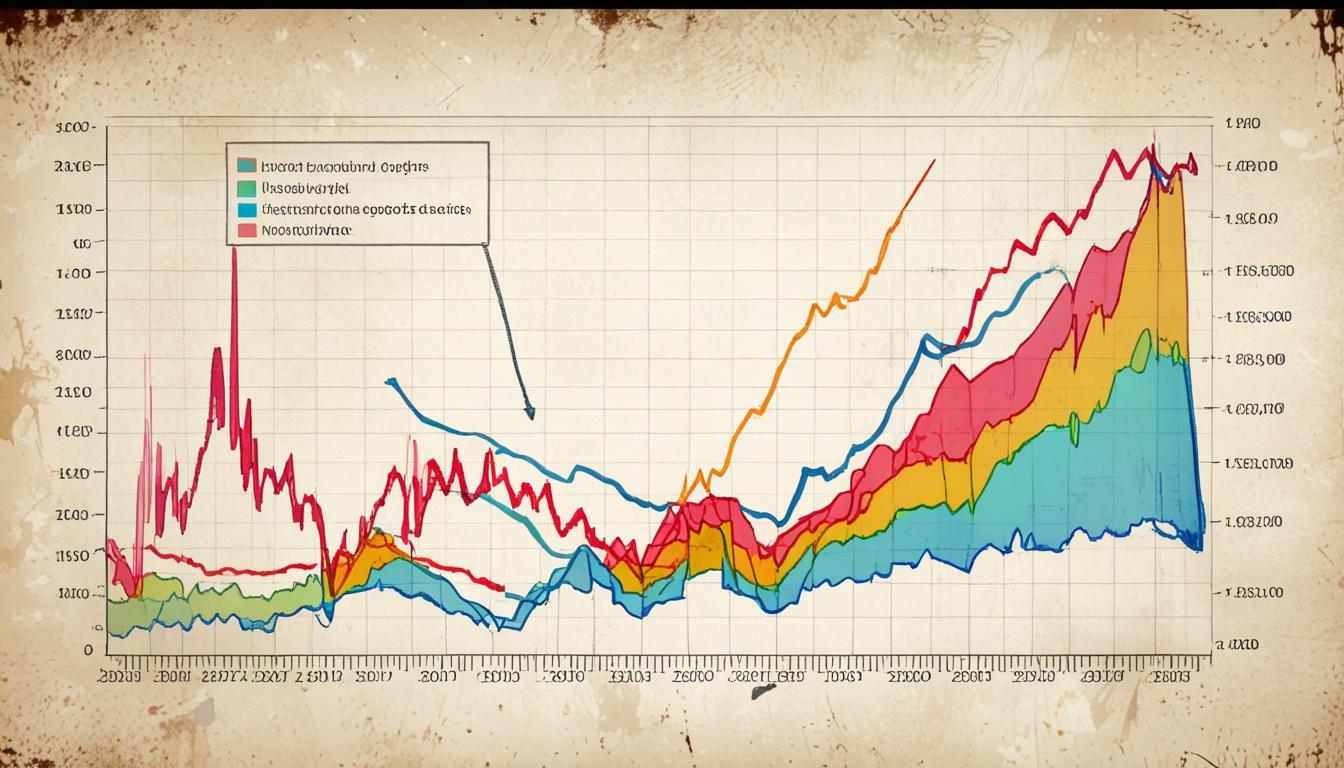The World Bank has released its latest Commodity Markets Outlook, forecasting a significant decline in global commodity prices over the next few years, potentially reaching unprecedented lows by 2026. This projection is primarily linked to escalating global trade tensions and subdued economic growth worldwide.
According to the report, global commodity prices are expected to drop by 12% in 2025, followed by a further 5% decrease in 2026, descending to levels not witnessed since 2020. While nominal prices might remain higher than pre-pandemic figures, when adjusted for inflation, prices could fall below the average seen between 2015 and 2019. This anticipated downturn signals the end of a commodity price surge triggered by the global economic rebound after the COVID-19 pandemic and the geopolitical upheaval following Russia's invasion of Ukraine in 2022.
The report highlights that these developments could reduce near-term inflation pressures caused by rising trade barriers. However, the fall in commodity prices may also hinder economic advancements for two-thirds of developing countries that depend heavily on commodity exports.
Indermit Gill, World Bank Group’s Chief Economist and Senior Vice President for Development Economics, commented on the situation: “Higher commodity prices have been a boon for many developing economies, two-thirds of which are commodity exporters. But we’re now seeing the highest price volatility in more than 50 years. The combination of high price volatility and low prices spells trouble. Developing economies will need to take three steps to protect themselves: first, restore fiscal discipline; second, create a more business-friendly environment to attract private capital; third, liberalize trade wherever the opportunity exists.”
The report also explains how the trend of falling commodity prices has contributed to easing global inflation, particularly through decreases in energy costs. After energy prices added over two percentage points to global inflation in 2022, their subsequent decline helped reduce inflation in 2023 and 2024. Energy prices are projected to fall further, with energy costs expected to decrease by 17% in 2025, reaching the lowest levels in five years, and declining another 6% in 2026. The price of Brent crude oil is forecasted to average $64 per barrel in 2025, down $17 from 2024, and $60 per barrel in 2026. Coal prices are similarly expected to drop sharply, reflecting slower coal consumption growth in developing countries.
These trends align with expectations of weaker global economic growth and a long-term reduction in oil demand, influenced significantly by the rise in electric vehicle adoption. Notably, in China, the world’s largest automobile market, more than 40% of new cars purchased last year were either battery-powered or hybrids—a substantial increase from 2021.
Food prices are also anticipated to decline, with a 7% drop projected in 2025 followed by a further 1% decrease in 2026. Despite these falling prices, the report cites United Nations estimates indicating that acute food insecurity will worsen this year, affecting 170 million people across 22 highly vulnerable countries. The report notes that while decreasing food prices could support humanitarian efforts amid reduced funding, they will not address the root causes of hunger, which are primarily tied to ongoing conflicts.
The outlook for gold diverges from other commodities; the precious metal is expected to reach record prices in 2024 before stabilising in 2026. Gold often gains value during periods of geopolitical uncertainty and conflict, retaining demand as a safe-haven asset. Prices over the next two years are expected to remain around 150% higher than the average in the five years before the pandemic. Conversely, industrial metal prices are forecasted to decline in 2025 and 2026 due to weaker demand linked to trade tensions and the continuing sluggishness in China’s property market.
Ayhan Kose, World Bank Group’s Deputy Chief Economist and Director of the Prospects Group, summarised the volatile nature of commodity markets in this decade: “Commodity prices have whipsawed throughout the 2020s—plummeting with the arrival of the COVID-19 pandemic, then surging to record highs after Russia’s invasion of Ukraine, and then sinking again. In an era of geopolitical tensions, surging demand for critical minerals, and more frequent natural disasters, that could become the new normal. Successfully navigating through repeated commodity prices swings will require developing economies to build fiscal space, strengthen their institutions, and improve investment climates to facilitate job creation.”
The World Bank’s Commodity Markets Outlook underscores the complexities facing the global economy amidst ongoing trade barriers, geopolitical risks, and environmental factors, indicating a future where managing commodity price volatility will be crucial for economic stability, particularly in developing nations.
Source: Noah Wire Services
